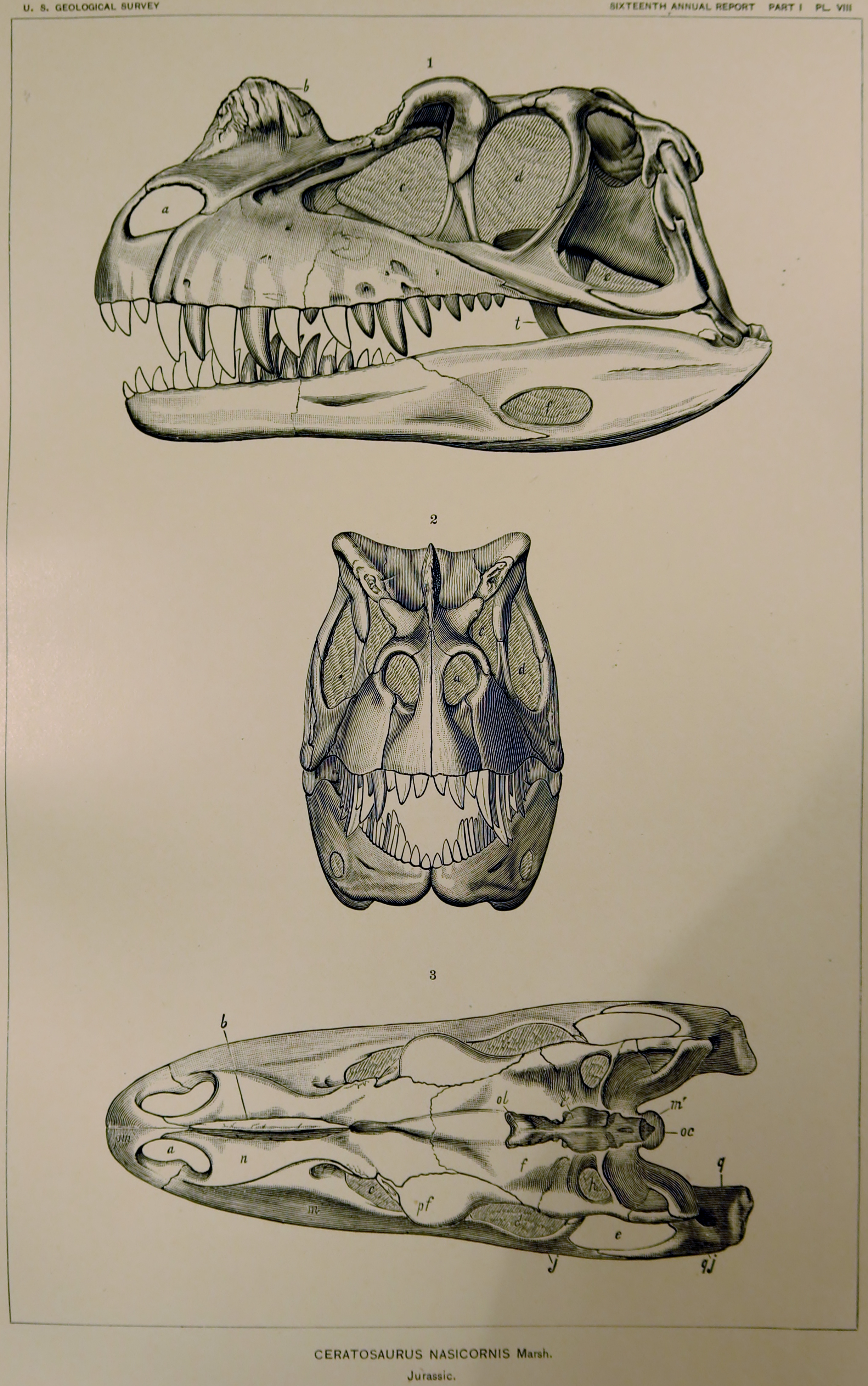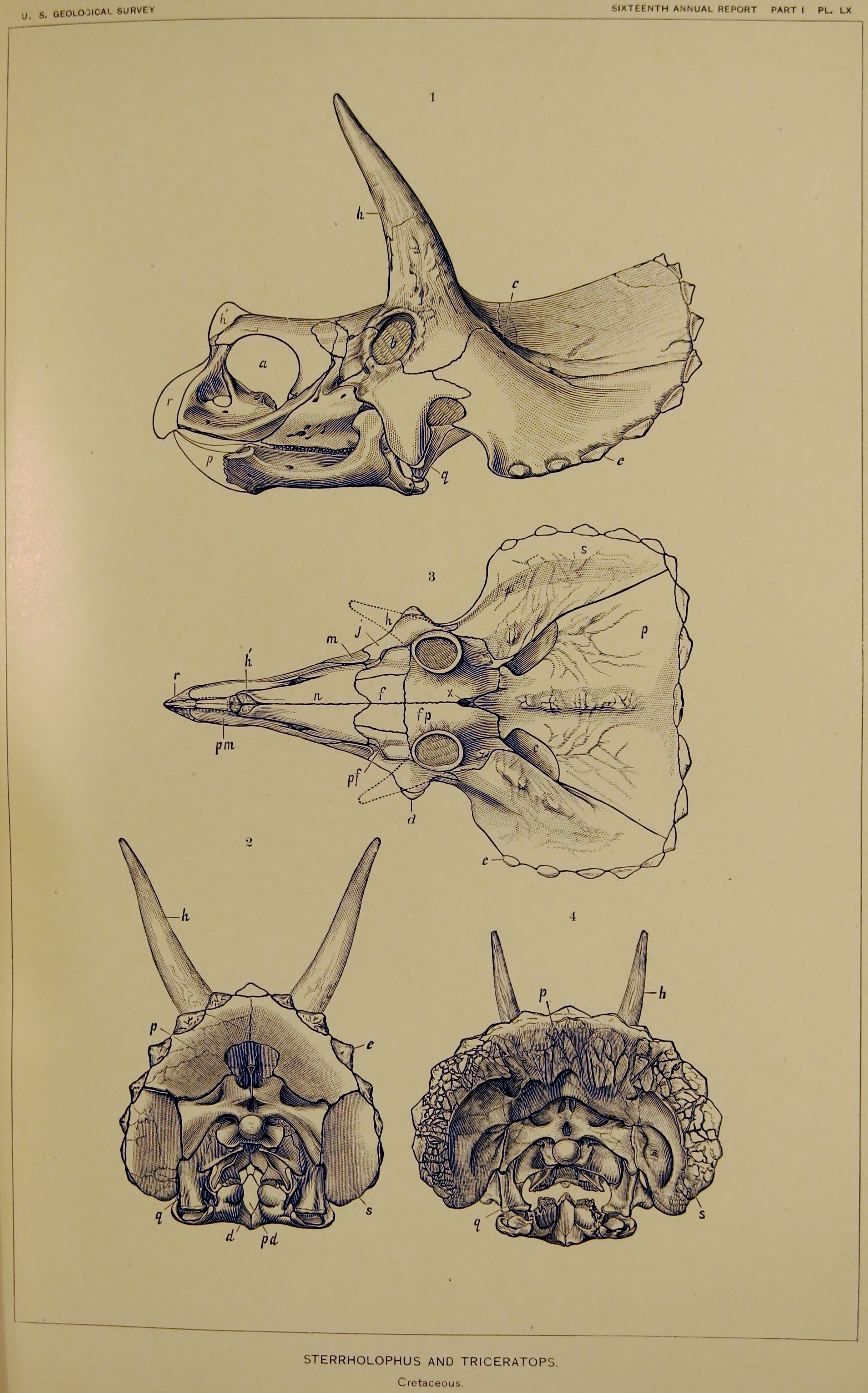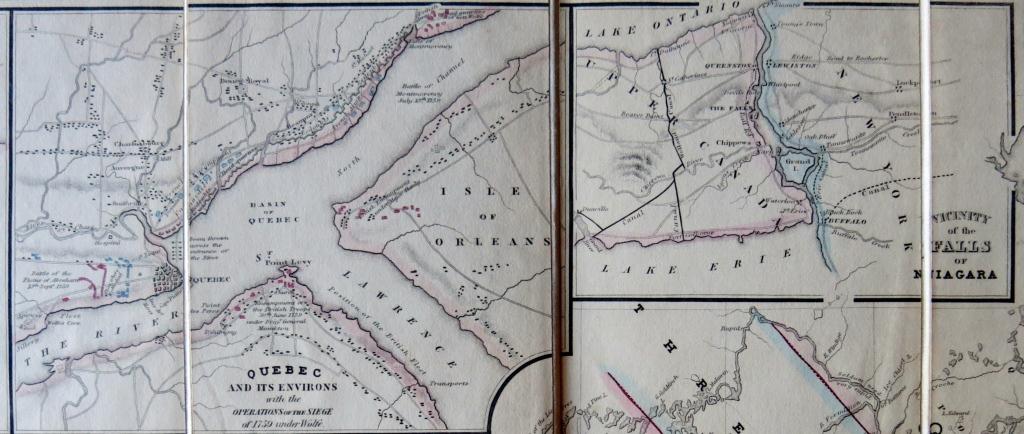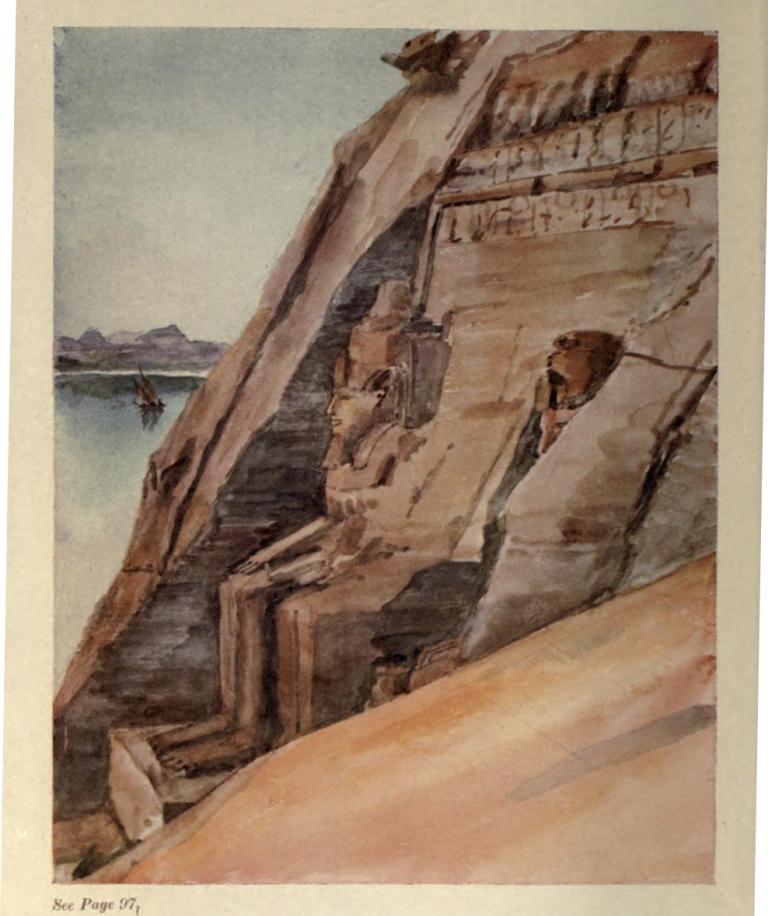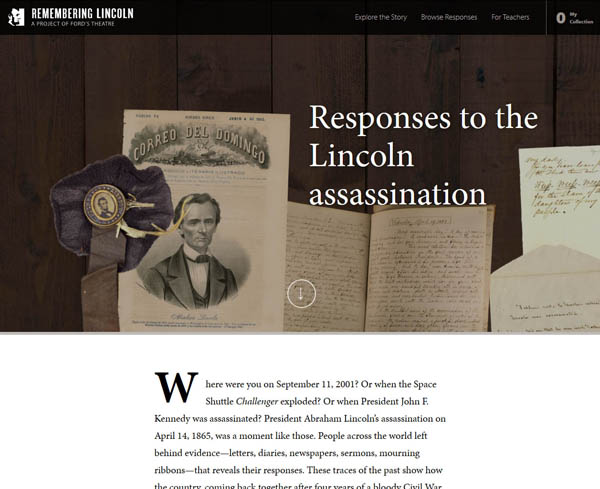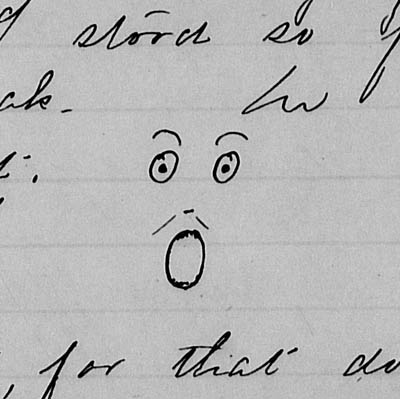By by Anna Clutterbuck-Cook, Reader Services
Today we rejoin our anonymous female diarist as she journeys down the Nile in the winter of 1914-1915. You can read previous installments of this series here (introduction) here (Cairo to Aysut) and here (Aysut to Asswan).
What strikes me about the diary entries for 6-10 December 1914 is that while our American traveler is describing mural reliefs, shopping at outdoor markets, and visiting luxury resorts, Europe is settling in for the first winter of the Great War. During the first week of December, the Austrian army captured Belgrade and the British-Indian army was moving across Mesopotamia toward the Ottoman empire. The Great War YouTube series provides a nine-minute synopsis of the week’s events in newscast form.
Meanwhile, on the Nile:
Dec. 6. Arrived at Komumbu about 10 & walked to temple a few steps away. Temple dedicated to 2 deities, each deity had his own special worship & festivals so there are really 2 temples; the temple was divided & each side had its own gateways, doors & chapels. Crocodiles were worshipped here. Mural reliefs especially beautiful. Fine view of Nile country from temple. After lunch reached Asswan about 3. Took boats from ship & went first to Elephantine island to see the Nilometer & some ancient ruins; then sailed round island by Cataract Hotel to mainland & went through the Bazar with the [illegible word]. Got back to ship for late tea & had fine sunset coming back.
Dec 7. At 9.30 took boat to ships – visited shops & bought [illegible word], then went up to Cataract Hotel & looked at views. Got back just for lunch. Saw Eatons at hotel, who asked us to lunch P.M. At 2.30 went ashore with Miss Phelps took carriages & road out on desert to granite quarries & Bisharin camp where the natives danced for us on the sand. Saw horses raced [illegible] we had to get out and go in other carriages. Lunch in the [illegible word] . Got back for tea after 5. Then packed.
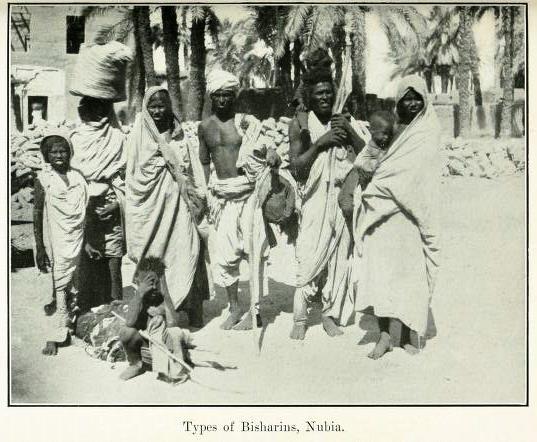
The entry of 7 December 1914 is the first time that local Egyptians, in this case the Beja people of southern Egypt and northern Sudan, have appeared in our narrator’s diary. The portrait of a group of anonymous Bisharin (a subgroup of the Beja people) which appears above, comes from the contemporaneous travel narrative Along the Nile with General Grant by Elbert E. Farman (1904). Farman’s description of the community which he and General Grant visited, like that of our diarist, situates the Bisharin as local color: “It is here that they are best seen in their real native character, habits and dress … Here was the simplicity of nature” (220-221). The brief appearance of the Bisharin in our diarist’s narrative underscores the overall absence of interaction with local Egyptians. Like many tourists today, our diarist’s focus on the ancient history and landscape of the places she passes through renders the inhabitants an often indistinguishable part of the backdrop.
Dec 8. Had early breakfast & left boat at 8.30. Took boat to train & then trains to [illegible phrase] & there we left our party & went on board the Prince Albert sailing at 9.30 After lunch visited temple of Dendur a very small temple built by Augustus. Later, almost at sunset, landed in boats & visited temple of Gerf-Hosein. Had magnesium light to see inside. In the center some pillars [illegible phrase] burial figures of Ramses II. [illegible phrase] statues of King there [illegible phrase]. Quite dark going back to boat.
Dec. 9. Arrived soon after breakfast at Wadi Sabou & went ashore to visit temple. An [illegible word] of sphinxes leading to the temple. Soon after lunch went ashore again to see temple of Amadu – then at sunset reached Kaer-[illegible word] & climbed to top of ruined fort or castle for the view. Stopped here for the night.
Dec. 10. Reached Abu Simbel just before lunch & after it went ashore & saw the temple – with 4 statues of Ramses II outside 66 ft high – then at the right temple dedicated to his wife. Hathor & his wife. The front ornamented with statues of the king, his wife & some of his children. After dinner went back to see it by moonlight. Were called at 4.30 A.M. to see [illegible phrase] temple hewn in rocks, to 185 ft deep.
Stay tuned for the next chapter in our diarist’s travels, to be posted mid-June. And, as always, you are welcome to access the diaries for yourself here in the Massachusetts Historical Society’s library reading room.


